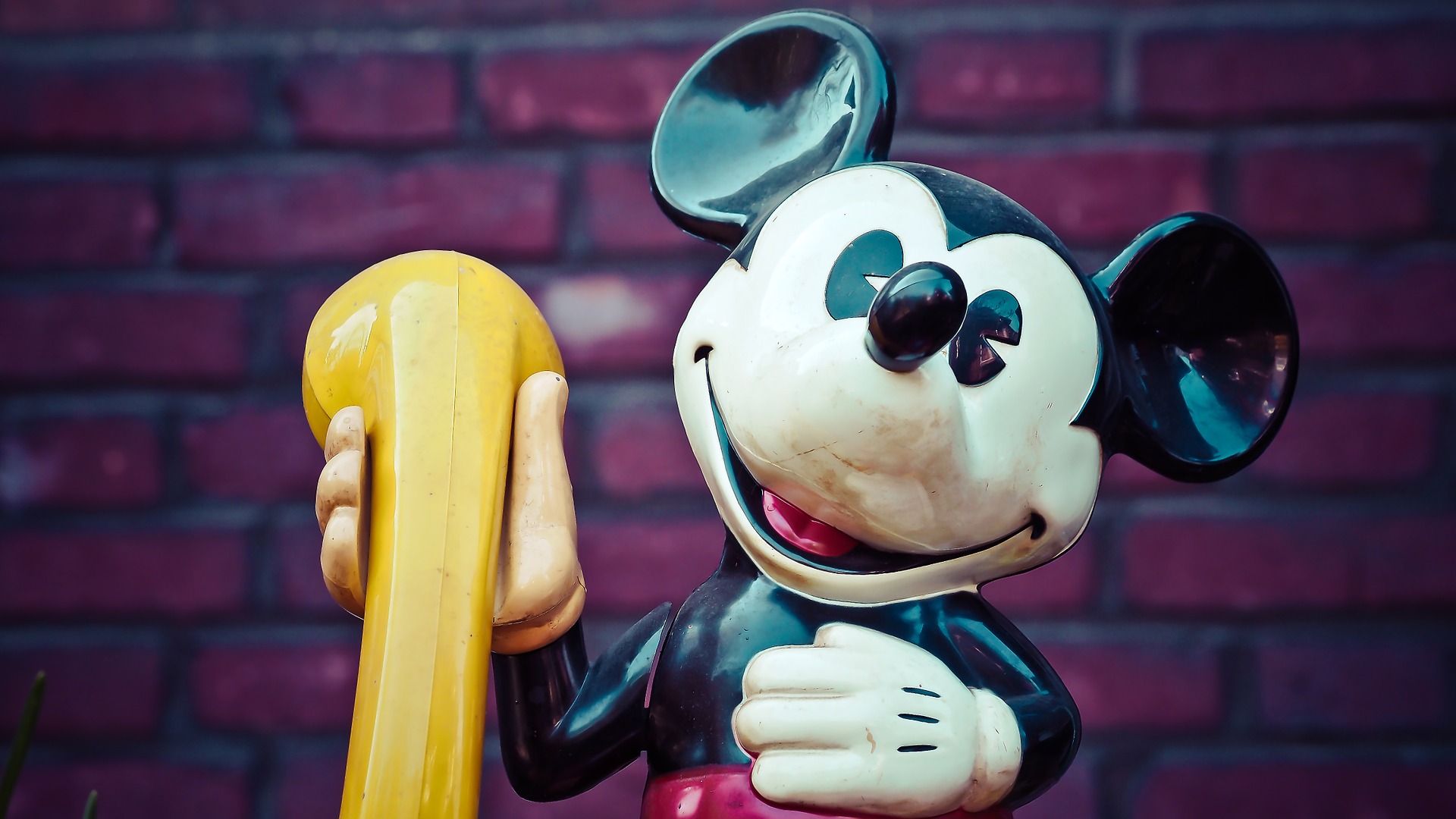In Disney parlance, employees are cast members, and the product everyone is focused on is the show itself. Disney is all about the show: its parks and resorts are a massive stage set. Everything the company builds, does, and communicates is dedicated to putting on the show. It’s a show that takes place on the grandest of scales, done with elite precision and professionalism. To that end, Disney created a specific and common language, one of the key building blocks of its remarkable culture.
Here are five ways to follow Disney’s use of a common language to keep everyone unified, aligned and inspired:
1. Make your people feel part of a unified tribe
Disney’s team members are in show business, which is why you will never hear anyone inside the company refer to them as employees. As cast members, they put on an ongoing series of spectacular productions all day long, every day, performing their jobs with putting on a great show as top-of-mind. If playing a specific character, they’re referred to as that character — as Snow White or Prince Charming. Fantasy and show don’t come to life unless cast members are truly in character.
2. Make your locations and assets more than just utilitarian
In Disney-speak, onstage means that guests are within sight or earshot — and cast members keep their uniforms, behavior, appearance, and spoken vernacular consistent with the show or attraction being presented. The company’s brand promise of entertainment with heart is fiercely protected. Cast members put extra care in maintaining onstage facilities, because they know the show depends on immaculate appearances that are consistent with mythical lands. Offstage in Disney language refers to the places behind the scenes, inaccessible to guests and used for business functions, storage, and decompression. But while relaxed, even in those areas, employees are still cast members — that’s ingrained in Disney’s culture.
3. Align every task and function with your mission
Every function at Disney is relative to the brand promise of entertainment with heart, and the mission of creating happiness. Everyday tasks are meaningful and disciplined, and those less than magical moments and operating procedures are masked. Rides are attractions, and the lines to get on them are interactive queues with FastPass+ and standby (as in show business). Human “accidents” are referred to as protein spills. The janitors — called custodians — know they play a critical role in keeping the “stage” immaculate. Disney Parks and Resorts have a phrase for nearly everything, giving each action or job a uniquely Disney sound and feel that sounds nothing like any other amusement or entertainment venue. The language keeps Disney guests in a Disney state of mind.
4. Use positive and aspirational language
Everything about Disney is aspirational and positive: They hire extroverts, align their actions and mindset with the culture through the language, and shape their perspective by reinforcing that their role is to make the magic happen. It’s a model for any organization: use positive language to change people’s outlooks towards everyday duties and moments. Instead of “having to” have lunch with a client, think of “getting to” have lunch with a client, turning a chore into a privilege filled with possibility. Shift the language of problem solving from What’s wrong or Why can’t we? to How might we? and What’s stopping us?
5. Treat your customers like royalty
A Disney employment ad for a bus driver showed a photo of a driver and a young guest, stating, “To some, I’m a bus driver. To this princess, I’m her coachman.” Disney Parks and Resorts consider their visitors far more than just customers. They are royal guests. When they enter the resort hotels, they hear ”Welcome home,” and then experience a first-class guest experience. But it all comes down to language that reinforces the mission and brand promise of the company, and then how much Disney values their cast members. Every single member of the Disney team plays a critical role in providing a memorable experience, and they take pride in that.
Brand language
Disney Parks and Resorts are different largely because cast members talk differently. This intentional behavior is both trained and cultural, and is — without a doubt — a crucial part of the Disney difference. Speaking the Disney language becomes second nature to cast members, and represents a way of doing things that has a deep connection to the heritage and culture of the company.
What ways can you and your teams proactively direct the dialogue toward positive aspirations? How can you shape importance of each role, function, detail, and asset in fulfilling the brand promise? Try starting with what you say.
**Originally published at TLNT


